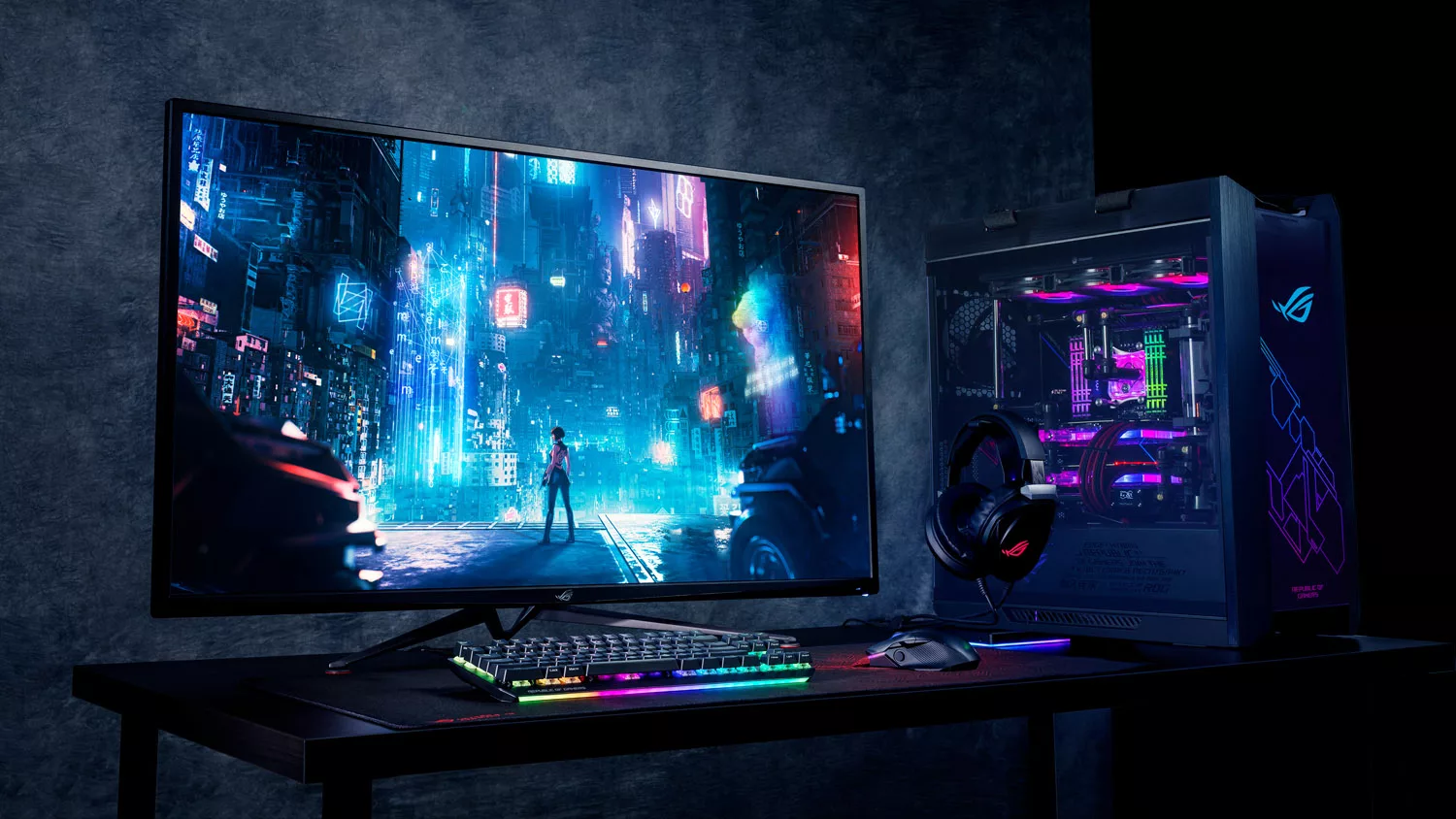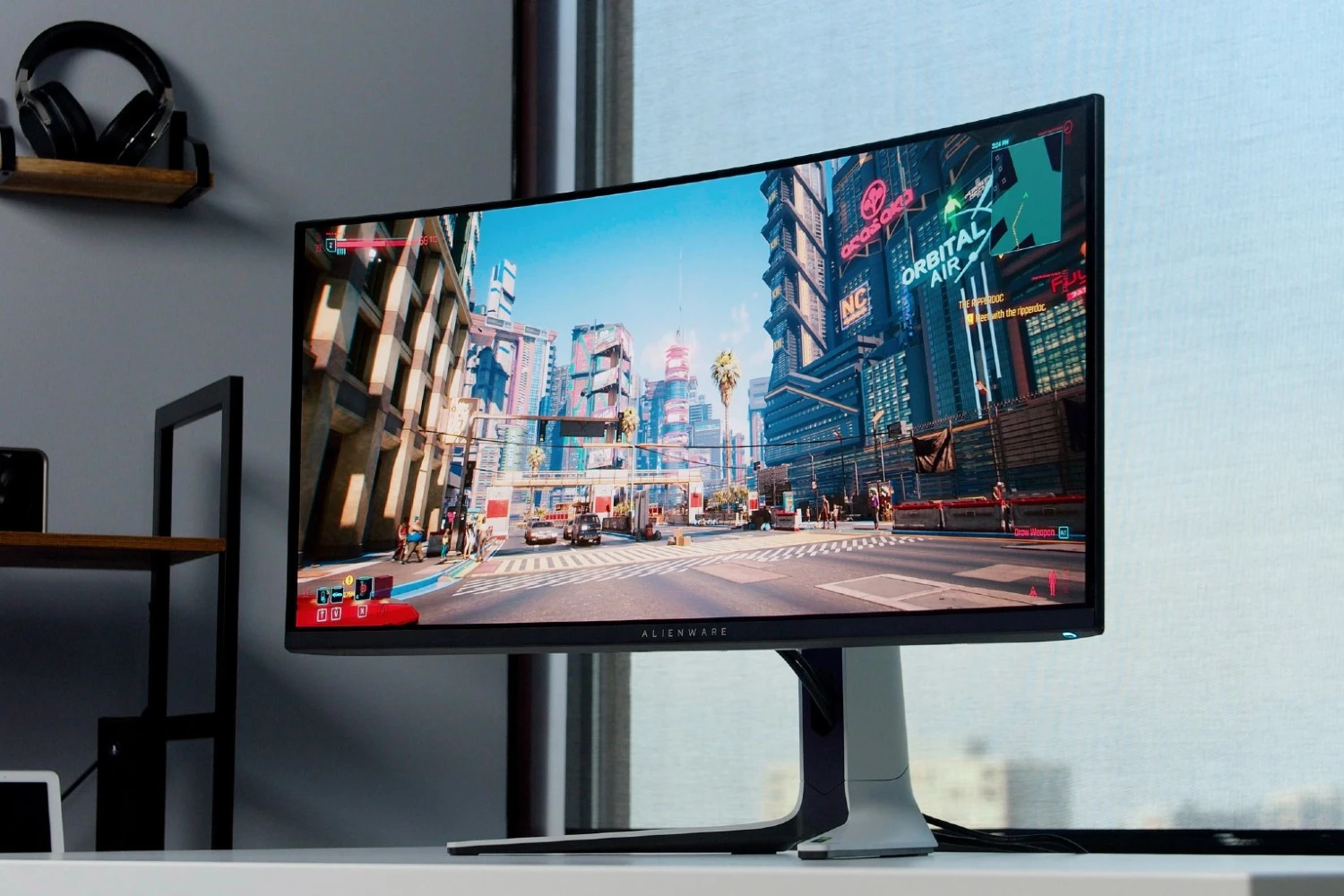Welcome to the ultimate guide on optimizing your gaming experience with the best monitor settings! As a passionate gamer, you know that having the right monitor settings can make a world of difference in how your games look and feel. Whether you’re exploring breathtaking open worlds, engaging in fast-paced action, or competing in intense multiplayer battles, the perfect combination of resolution, refresh rate, and other essential adjustments can elevate your gaming to a whole new level.
Best Monitor Settings For Gaming Little adjustments to the screen solution, pixel viscosity, element ratio, luminance, difference, shade temperature, gamma sets, and restore pace are essential for the optimal monitor grounds for gaming
Gaming has varied over the years the latest video matches have evolved better realistic, interactive, and immersive. You practically discern as though you compete. But to be qualified to appreciate this immersive, tactile knowledge you deliver to perfectly position up your gaming monitor and calibrate specific scenes.
Table of Contents
Step Into the Gaming Dimension: Best Monitor Settings for Next-Level Fun
Before we dive into the optimal monitor settings, it’s essential to have the right hardware to fully enjoy the gaming experience. If you’re still searching for the perfect gaming monitor, be sure to check out our comprehensive guide on the ‘Best Monitors for Gaming.’ It covers top-notch monitors with high refresh rates, stunning resolutions, and advanced features that can elevate your gaming to the next level.

- Contrast and Brightness: Adjusting the contrast and brightness of your monitor can greatly enhance the gaming experience. Try setting the brightness at 80% and the contrast at 70% to start with.
- Refresh Rate: The higher the refresh rate, the smoother the gameplay will be. A refresh rate of 144Hz is the standard for most gaming monitors.
- Resolution: The higher the resolution, the more detailed and clearer the visuals will be. However, the higher resolution requires a more powerful graphics card to handle the processing. For a good balance between performance and visual quality, go for a 1080p or 1440p resolution.
- Color Settings: Adjusting the color settings can make a big difference in the appearance of the game. Try setting the color temperature to “warm” and adjusting the saturation and hue to your preference.
- Response Time: Response time is the time it takes for a pixel to change from one color to another. A lower response time means less motion blur and smoother gameplay. Aim for a response time of 1 ms or less.
Speed and solution
Most gaming monitors will default to their most profitable consequent and new speed the rather time you pack them in and depend them on but not all of them accomplish. Create certain you allow yours by right-clicking on your desktop and setting show scenes pick the monitor you like to tweak the backdrops for and utilize the solution drop-down to choose your chosen solution.
For refresh pace, choose progressive production sets and then operate the refresh speed drop-down to pick your selected refresh swiftness similarly for gaming. Even if your monitor defaulted to its ordered pace some can be overclocked to operate at a more increased refresh pace. This is where you’ll uncover that choice so consistently if you believe your monitor is driving at the refreshing pace you like it doesn’t harm to inspect.
Luminance and discrepancy
There’s a sense that every moment you create a further game it requests you to modify a slider for in-game brightness being competent to notice what you ought to visit while retaining shaded features in gloom is essential for immersion and provides that you play the match the path the designer planned. In-game scenes are only half the action though. You ought to position your monitor’s brightness and contrast accurately first. If it’s brilliant bleach will examine grey and the complete shot will glance passed out but if it’s too soft, you’ll yield all the nuance in more unlit stages.
Gamma decks
Where every monitor has contrast and brightness management, not all monitors have gamma vicinities. For those that do modify it can construct quite a distinction to how a game peeks. Like the overhead prospects, you can locate suggested gamma class spots like TFT Central or you can merely squeeze it while in-game to encounter your select discount.
Shade temperature
Most monitors reach a capacity of color temperature choices allowing you to prefer something between a tranquil, cool-blue, and a much more benevolent palette with a yellow or orange shade to it. This cares to be better conditional on individual selection since it won’t influence how your competition handles but will include an intense result on how it scrutinizes.
Overdrive
Allowing overdrive on supporting monitors can improve your monitor’s retort moment which can assist to decline the apparition and lessen input latency causing you a better factual and responsive gamer. Nevertheless, too extensively overdrive can submit unique antiques to the consequences so operate these Best Monitor Settings For Gaming with respect and if it appears like it’s causing something more threatening, climb it before, or pivot it off thoroughly.
FAQs
Q: What resolution should I use for gaming?
A: It depends on your personal preferences and the capabilities of your hardware. Higher resolutions such as 1440p and 4K offer sharper and more detailed visuals, but they require more powerful hardware to achieve smooth frame rates. If you have a mid-range graphics card, 1080p resolution should be sufficient for most games.
Q: What refresh rate is ideal for gaming?
A: A higher refresh rate is better for gaming as it results in smoother and more fluid visuals. A 144Hz refresh rate is generally considered the sweet spot for gaming, but if your hardware can handle it, you can go even higher with a 240Hz refresh rate.
Q: What is the best color calibration for gaming?
A: This is subjective and depends on your personal preferences. However, for most gamers, a color temperature of around 6500K and a gamma setting of 2.2 is a good starting point. You can adjust the brightness and contrast according to your liking.
Q: Should I use V-Sync or G-Sync/FreeSync for gaming?
A: V-Sync can help prevent screen tearing, but it can also introduce input lag. G-Sync and FreeSync are adaptive sync technologies that synchronize the refresh rate of your monitor with the frame rate of your game, resulting in smoother gameplay without screen tearing or input lag. If your monitor supports G-Sync or FreeSync and you have an Nvidia or AMD graphics card, respectively, it’s recommended to use them for gaming.
Q: What is response time and why is it important for gaming?
A: Response time is the time it takes for a pixel to change from one color to another. A lower response time means less motion blur and faster pixel transitions, resulting in smoother and more responsive gameplay. A response time of 1 ms is ideal for gaming, but a response time of 4-5 ms is also acceptable.
Q: Should I use a curved or flat monitor for gaming?
A: This is a matter of personal preference, but a curved monitor can provide a more immersive gaming experience by reducing eye strain and making it easier to focus on the center of the screen. However, a flat monitor can offer better color accuracy and less distortion at the edges of the screen.

Virat Raj is a Digital Marketing Practitioner & International Keynote Speaker currently living a digital nomad lifestyle. During his more than 10 years-long expertise in digital marketing, Virat Raj has been a marketing consultant, trainer, speaker, and author of “Learn Everyday yourself: In Pursuit of Learning” which has sold over 10,000 copies, worldwide.

